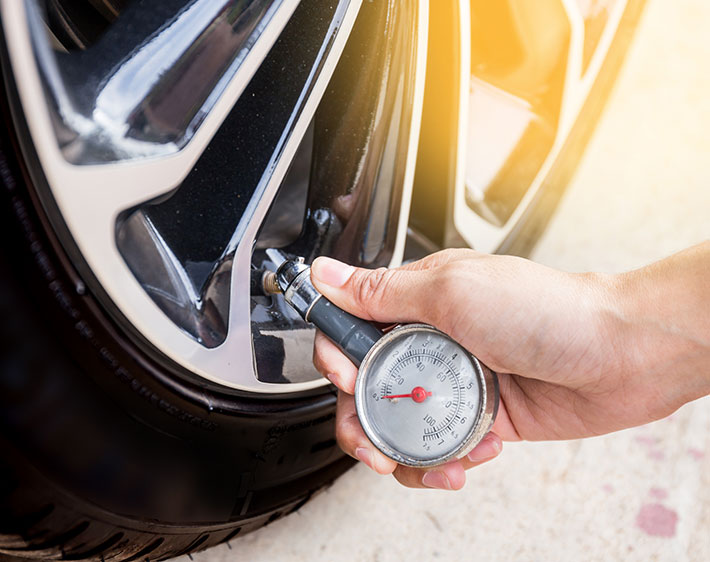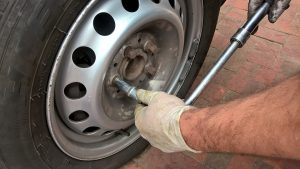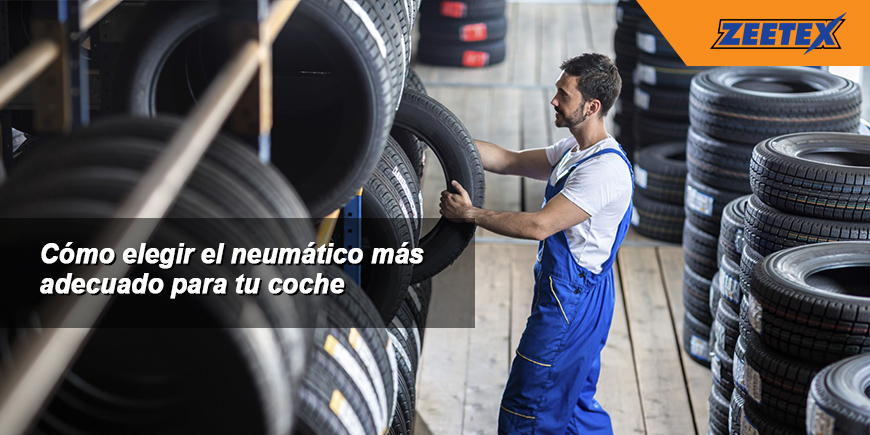Tires are one of the main safety elements of a car. Therefore, when leaving on a trip it is important to check that they are in good condition. So today we are going to give you some tips that you should take into account when changing your tires, as well as some maintenance instructions.
Although each car is a world and each type of tire also, it is usually advised to change the wheels every 40,000 or 50,000 kilometers on good quality tires , and approximately every 20,000 kilometers on lower quality tires. However, these data are very relative and predicting exactly how long they will last is impossible, since the useful life of a tire depends on many other factors such as: the time to which it is exposed, conditions of use and type of driving, reviews and maintenance, type of car and traction … As you can see, there are many factors that influence the renewal of tires.

Of course, what is important to ensure good maintenance and lengthen the usefulness of your wheels, is to check their appearance to check the drawing of the wheel. And also very important: be aware of the loss of pressure or any anomaly such as noise, traction or vibration. When your car is more than 5 years old, you should go to your trustworthy workshop to have it checked at least once a year. In this way you will detect possible problems and you will be able to put a solution on time, lengthening the duration of your tires, at the same time avoiding unnecessary frights and expenses. And remember that if they are in good condition you can keep them up to 10 years from their date of manufacture.
Basic tire maintenance tips:
1. Look at the depth of the drawing of your tire
The less depth, less grip and more chances of having to replace your tires with new ones. Ideally, that depth should not fall below 2 mm. Otherwise you will have many chances to suffer aquaplaning.
2. Look at where the tires are most worn
The most common wear on the wheels occurs in the middle and on the shoulders of the wheel. And they are due to excessive inflation pressure and insufficient inflation pressure respectively. If, on the other hand, they wear quickly on one side, it may be because the wheels are not aligned properly. In that case, take it to your trusted workshop and have it checked by the mechanic.

3 points to keep in mind when changing your tires:
1. Type of vehicle:
No es lo mismo conducir un SUV, que un Todo Terreno o un Turismo. De modo que los neumáticos más adecuados para tu coche dependerán de la capacidad de carga así como de la velocidad máxima entre otras características. Lo más importante es fijarte en el tamaño del neumático, que está grabado en los laterales de los neumáticos. ¡Ah! y no olvides consultar el índice de velocidad adecuado.
2. Pista por la que conduces habitualmente:
En función del tipo de pista por el que conduces con tu coche habitualmente, expones a tu vehículo a una velocidad u otra. Por ese motivo se aconseja elegir neumáticos de baja resistencia a la rodadura de larga duración si conduces por entorno urbano. Ya que al tener que frenar mucho más que en carretera el neumático sufre más desgaste. Sin embargo, para conducir por autopista se coge más velocidad, y a más velocidad más riesgo. En este caso lo aconsejable es elegir neumáticos de alto rendimiento.
3. Condiciones climatológicas:
The temperature at which the tires are exposed will also influence your choice. So if you live in an area where there are sudden changes in temperature between summer and winter, it is best to choose a tire all time or the combination of winter and summer tires . They adapt better to the climatological influence of each station.
So you know, when it comes to changing the tires of your car keep in mind these 3 points and above all go to your workshop of confidence.



